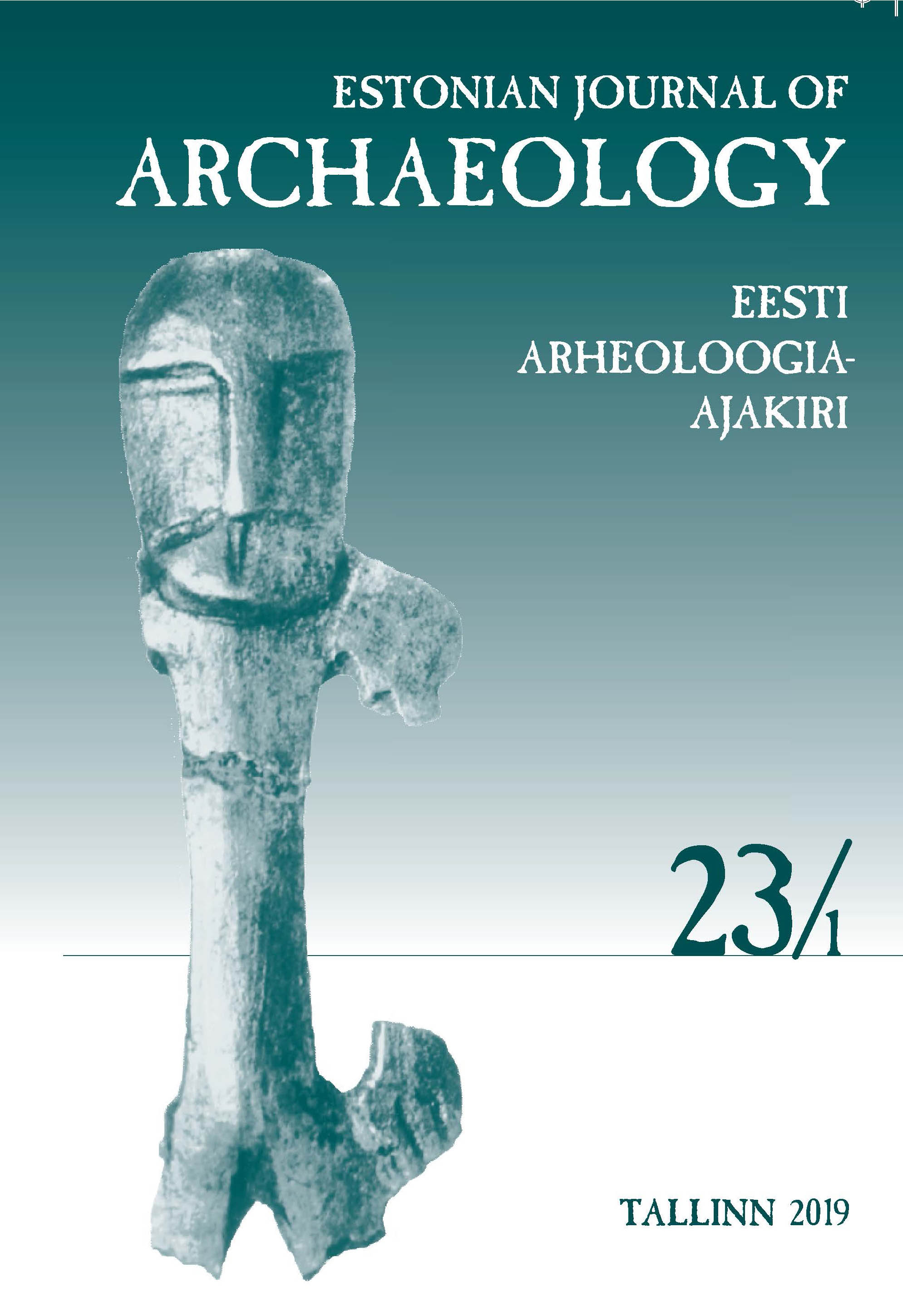THREE BRONZE AXES WITH WOODEN HAFT REMAINS FROM ESTONIA
THREE BRONZE AXES WITH WOODEN HAFT REMAINS FROM ESTONIA
Author(s): Kristiina Paavel, Aivar Kriiska, Valter Lang, Aleksandr M. KulkovSubject(s): Archaeology
Published by: Teaduste Akadeemia Kirjastus
Summary/Abstract: Estonian Bronze Age bronze artefacts are almost always discovered as stray finds without a datable context or associated samples that would enable absolute dating. Their age estimates are based on better dated parallels from elsewhere in Europe. Since 2015, three socketed bronze axes with wooden haft remains have been found in Estonia: an Akozino-Mälar axe from Astangu subdistrict in Tallinn, a Gotland type axe from Kajamaa village, and an axe with Y-shaped ornament from Kärasi village. The wood remains have been AMS dated and the tree species identified. One of the hafts was made of juniper or spruce (Kajamaa) and two of ash (Astangu, Kärasi). The AMS results confirm and specify the typological dates. Absolute dates are particularly important for dating the Akozino-Mälar type rarely found in closed contexts. The axes from Kajamaa and Kärasi date to the Late Bronze Age, the axe from Astangu dates to the transition between the Late Bronze Age and the Pre-Roman Iron Age.
Journal: Eesti Arheoloogia Ajakiri
- Issue Year: 23/2019
- Issue No: 1
- Page Range: 3-19
- Page Count: 17
- Language: English

